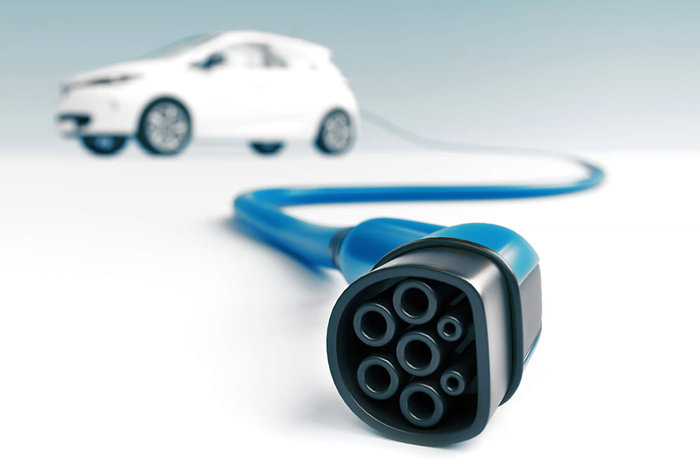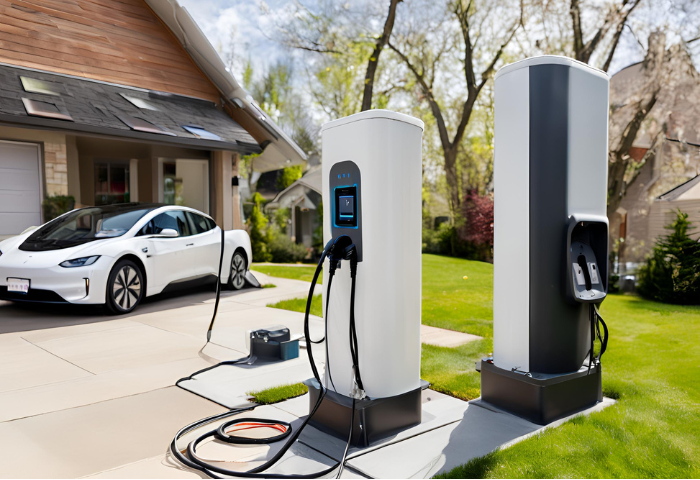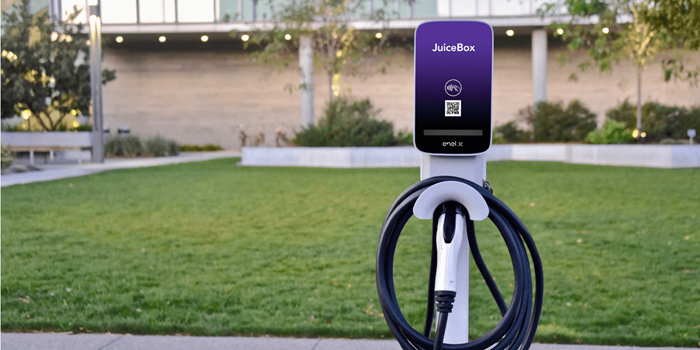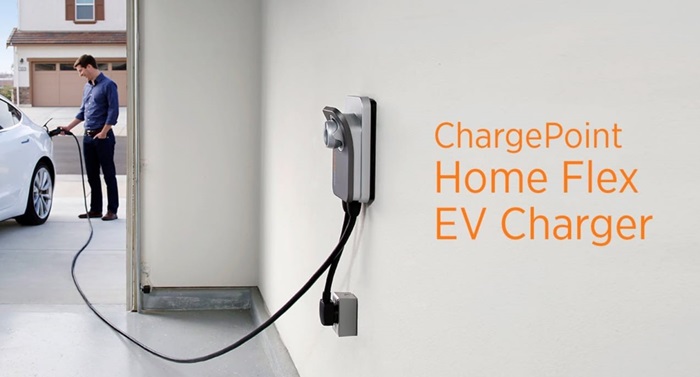Charging an Electric Car at Home
Charging an electric car at home offers several advantages, including convenience, cost savings, and environmental benefits Home charging allows you to “refuel” your vehicle overnight, avoiding frequent stops at public charging stations .
Additionally, home charging is less expensive than public charging and can use renewable energy, which lowers your carbon footprint. For home charging, a specialized charging station that an experienced electrician has installed is necessary.
Once installed, simply plug your car into the station and leave it to charge while you sleep. Home charging is a convenient and cost-effective way to keep your electric vehicle charged and ready to drive.

How to charge an electric car at home?
Charging an electric car at home offers a practical and convenient solution for EV owners, providing a reliable and cost-effective way to keep your vehicle charged and ready for the road.
Charging an electric car at home typically involves plugging it into a charging station using a compatible cable. Most electric cars come with a charging cable that can be connected to a standard household outlet or a dedicated home charging unit.
To charge an electric car at home, you’ll need access to a power source, such as a standard household outlet (for slower charging) or a dedicated home charging unit (for faster charging). You’ll also need a charging cable compatible with your electric car.
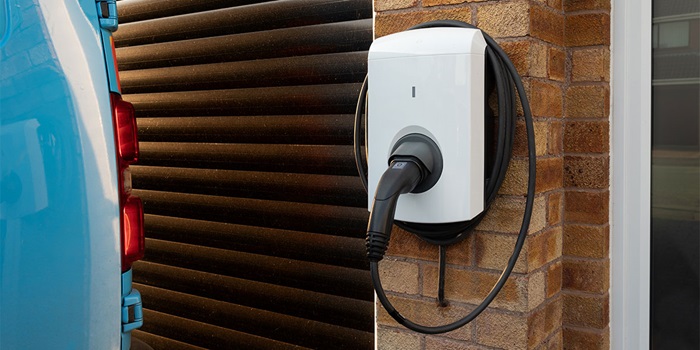
1. Is it safe to charge an electric car at home?
Yes, it’s generally safe to charge an electric car at home if you follow proper safety precautions. Ensure that the electrical outlet or charging unit is in good condition, use the correct charging cable, and avoid overloading the circuit. It’s also essential to use charging equipment that meets safety standards.
2. How long does it take to charge an electric car at home?
The time it takes to charge an electric car at home depends on several factors, including the car’s battery capacity, the charging rate (which can vary depending on the charging equipment used), and the current state of charge.
Charging times can range from several hours for a full charge using a standard household outlet to much faster times with a dedicated home charging unit.
3. Are there any specific guidelines for charging an electric car at home?
While specific guidelines may vary depending on the manufacturer and model of the electric car, there are some general recommendations for safe and efficient charging at home.
These may include using a dedicated circuit for charging, avoiding extension cords (unless they’re specifically designed for charging electric vehicles), and following any instructions provided by the manufacturer of the charging equipment and the electric car.
It’s also a good idea to periodically inspect the charging equipment and electrical connections for any signs of damage or wear.
Understanding the concept of home charging for electric cars
By understanding the aspects below, you can make an informed decision about a home charging solution for your electric car.
Home charging for electric cars is a convenient and cost-effective way to power your vehicle. It involves installing a charging station at your residence, typically in your garage or driveway. This allows you to charge your car overnight or during other extended periods when it is not in use.
Home charging stations typically offer faster charging speeds than public charging stations, and they can be customized to meet your specific needs. Additionally, home charging can save you money on fuel costs compared to gasoline or diesel vehicles.
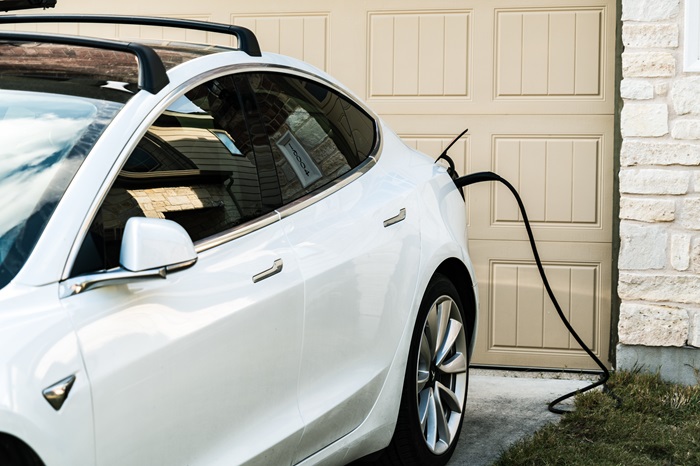
1. Different types of charging equipment for home use:
There are typically two types of charging equipment for home use:
- Level 1 chargers: These chargers use a standard household outlet (120 volts) and are often included with the purchase of an electric car. They provide a slower charging rate, suitable for overnight charging.
- Level 2 chargers require a dedicated 240-volt circuit and are usually installed by a professional electrician. They offer faster charging rates compared to Level 1 chargers and are more suitable for daily or frequent charging needs.
2. Installation process for home charging stations:
The installation process for a home charging station, particularly a Level 2 charger, involves several steps:
- Assessing the electrical system: An electrician will evaluate the home’s electrical system to determine if it can support the installation.
- Installing a dedicated circuit: If necessary, the electrician will install a dedicated circuit and any additional wiring required for the charging station.
- Mounting the charging station: The charging station will be mounted in a suitable location, such as a garage wall or a standalone pedestal.
- Connecting the charger: The electrician will connect the charging station to the dedicated circuit and ensure that it’s properly grounded and wired.
3. Maintenance and troubleshooting of the home charging setup:
Maintenance of a home charging setup typically involves periodic inspection of the charging station and electrical connections for any signs of damage or wear. Troubleshooting may be necessary if the charging station malfunctions or if there are issues with the electrical supply. In such cases, it’s advisable to consult the manufacturer’s guidelines or seek assistance from a qualified electrician.
4. Cost considerations for home charging solutions:
The cost of home charging solutions can vary depending on factors such as the type of charging equipment, installation requirements, and local electrical rates.
- Level 1 chargers are typically included with the EV purchase.
- Level 2 charger costs include the unit itself, installation fees, and potential electrical panel upgrades. Government incentives and rebates can help offset these costs.
- Long-term savings come from charging at home, which is generally cheaper than using public charging stations.
Unpacking the Language of Home Charging Solutions
Understanding these specific terms will empower you to have more informed conversations about home charging solutions and choose the setup that best suits your needs.

1. Electric vehicle (EV) charging options for residential settings:
This refers to the various methods available for charging electric vehicles at home. It encompasses both Level 1 and Level 2 charging options, as well as potential future advancements such as wireless charging systems designed for residential use.
2. Electrical capacity requirements for home charging:
This involves understanding the electrical infrastructure needed to support home charging, including the capacity of the electrical service panel and the availability of dedicated circuits. It’s essential to ensure that the home’s electrical system can safely accommodate the charging needs of an electric vehicle without overloading or causing issues.
3. Plug types and compatibility for home charging:
Different electric vehicles may come with different plug types, such as SAE J1772, CCS, CHAdeMO, or Tesla’s proprietary connector. Understanding plug types and compatibility is crucial for ensuring that the charging equipment at home is compatible with the electric vehicle being charged.
4. Smart charging features and benefits for home use:
Smart charging refers to advanced features and technologies that optimize the charging process based on factors like electricity rates, grid demand, and the vehicle’s battery status.
Smart chargers offer intelligent features like:
- Scheduling: Set charging to occur during off-peak hours for potentially lower electricity costs.
- Monitoring: Track charging progress and energy usage through a mobile app.
- Integration with renewable energy: Some chargers can work with solar panels to prioritize charging with clean energy when available.
Benefits may include cost savings, reduced strain on the electrical grid, and integration with smart home systems for greater convenience and control.
5. Renewable energy integration for eco-friendly home charging:
This involves integrating renewable energy sources such as solar panels or wind turbines with home charging systems to reduce reliance on grid electricity and minimize the environmental impact of charging electric vehicles. It may involve technologies such as energy storage systems and smart grid integration to maximize the use of renewable energy for charging.
Topical Authority
1. Benefits of charging an electric car at home:
Emphasize the convenience and cost-effectiveness of home charging, as well as the ability to customize charging schedules to fit personal preferences.
- Convenience: Charge overnight or whenever parked at home, eliminating the need to seek out public stations.
- Cost-Effectiveness: Home electricity rates are generally lower than public charging station costs.
- Battery Health: Slower, more controlled charging at home can extend battery life compared to frequent fast charging.
- Accessibility: There is no need to wait in line for a charger, especially in high-demand areas.
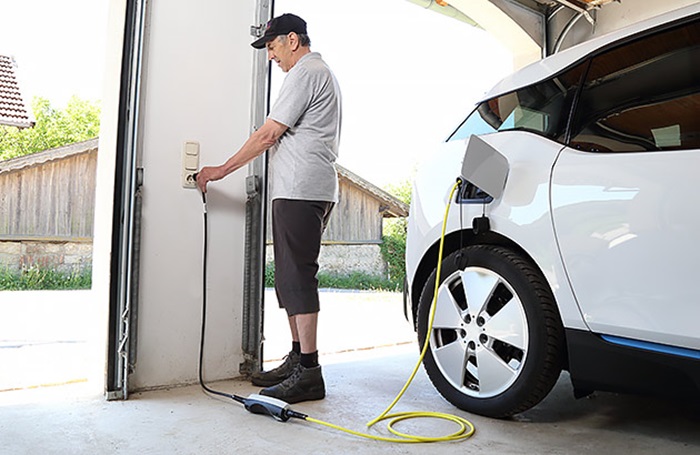
2. Regulations and incentives related to home charging:
Safety regulations exist to ensure the proper installation and operation of home charging stations. Consulting with a qualified electrician is crucial.
Many governments and utilities offer incentives like rebates or tax credits to encourage home EV charging adoption. Research programs are available in your area.
3. Comparison between home charging and public charging stations:
Compare the pros and cons of charging electric cars at home versus using public charging stations. Discuss factors such as charging speed, cost, accessibility, and convenience to help readers make informed decisions about their charging options.
- Home Charging: Ideal for daily top-ups and convenient, cost-effective charging.
- Public Charging: Useful for long trips or when away from home, but can be more expensive and require planning.
4. Advancements in home charging technology:
Stay updated on the latest developments in home charging technology, such as advancements in charging speed, efficiency, and connectivity features.
- Faster Charging: New generations of home chargers offer even quicker charging times.
- Bidirectional Charging: Future technology may enable EVs to feed power back into the grid during peak demand periods.
- Smart Grid Integration: Chargers that seamlessly connect with smart grids could optimize charging based on real-time energy availability.
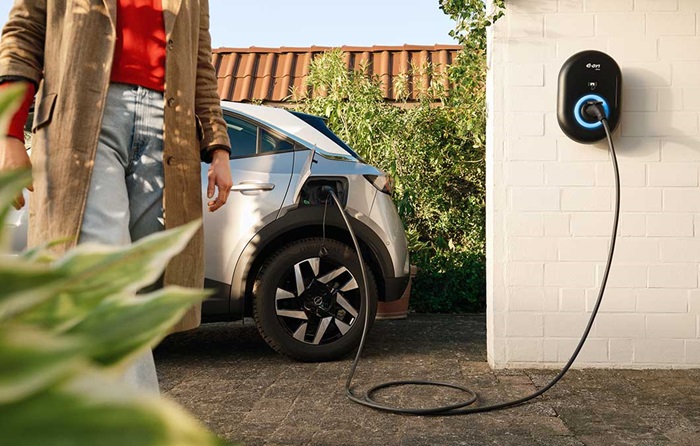
5. Expert tips for efficient home charging solutions:
Offer practical advice from experts on optimizing home charging setups for efficiency and reliability. This could include tips on selecting the right charging equipment, managing energy consumption, scheduling charging sessions during off-peak hours, and integrating smart charging features for greater control and automation.
- Match the charger to your needs: Consider your daily driving range and charging speed requirements.
- Off-peak charging: Take advantage of lower electricity rates during off-peak hours whenever possible.
- Proper cable care: Regularly inspect the charging cable for damage and avoid excessive strain.
- Temperature considerations: Extreme temperatures can impact charging efficiency. Park in a temperature-controlled space if possible.
- Regular maintenance: Follow the manufacturer’s recommendations for maintaining your home charging station.
By understanding these key points, you can leverage the many advantages of home EV charging and contribute to a more sustainable future.

Henry Michael is a leading expert in EV charging station research, specializing in innovative solutions for electric vehicle infrastructure. With a passion for sustainability and technological advancement, he is dedicated to advancing the accessibility and efficiency of EV charging worldwide.

